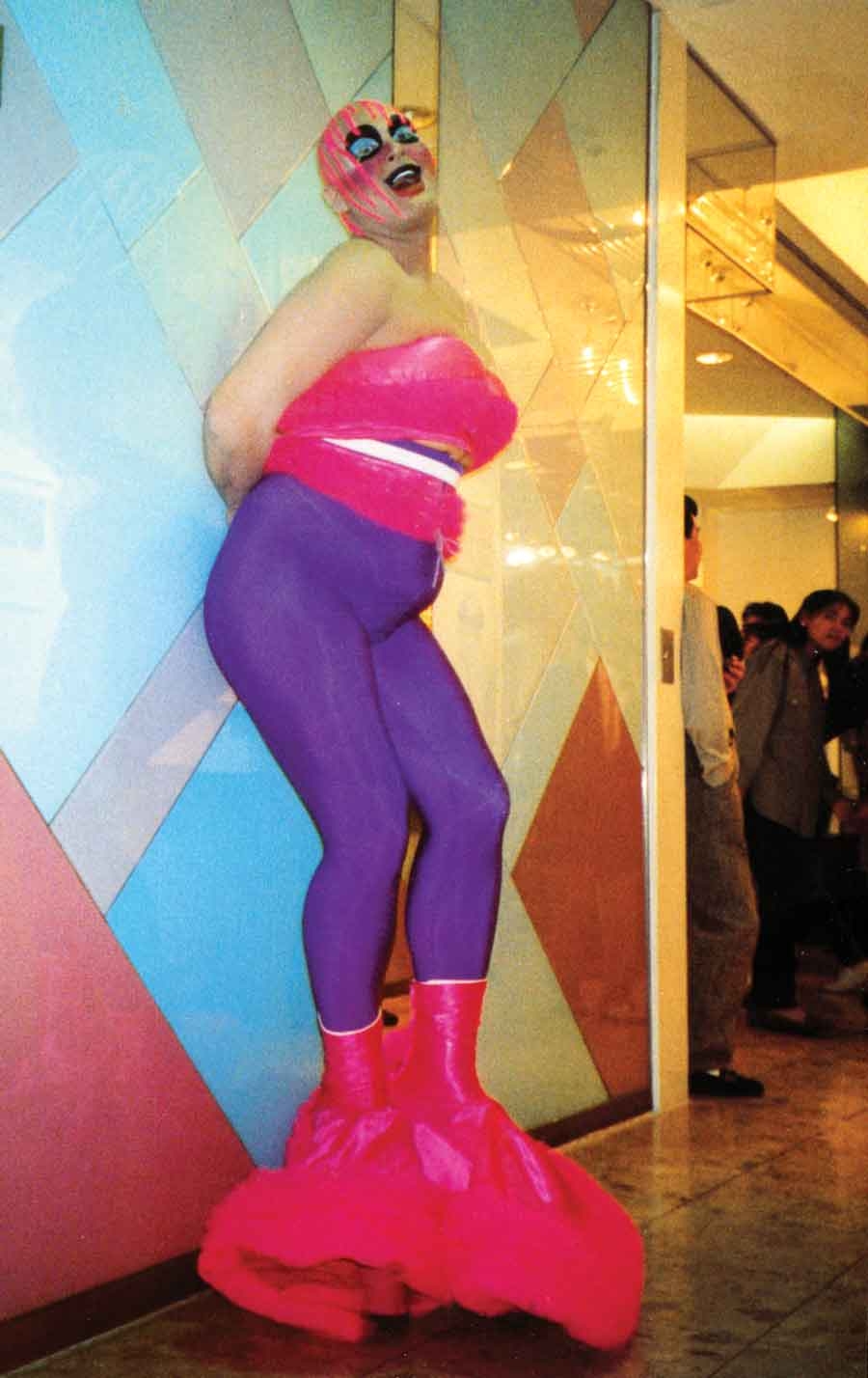A ghost is haunting Dover Street. Not one of those flossy-limbed fashion wraiths whose soft footfall percusses this artery of high style, but a bona fide, chain rattling spectre with unfinished business: the ghost of contemporary art past. Nos 17–18 is the site of the Rei Kawakubo and Comme des Garçons-helmed Dover Street Market that, in the decade since it opened, has reinvented the fashion store as modern wunderkammer, complete with displays of taxidermy and arty installations in the street-front vitrines.
DSM has spawned international namesakes, first in Ginza, and, earlier this year, in New York. Through its innumerable imitators it has also been indirectly responsible for retail’s enthusiastic co-option of gallery lexicon. That we now live in a world in which shops are ‘curated’ is thanks in part to DSM’s dogged blurring of the lines between art, retail and display.
The ghost at 17–18 Dover Street belongs to the Institute of Contemporary Art (ICA), which inhabited the building between 1950 and 1967. While this episode in the location’s history seems largely to have been lost to memory, as the hub of the Independent Group, the institute was a key site in the birth of Pop art. Critic and curator Lawrence Alloway, who was assistant director of the ICA between 1955 and 1960, described it as ‘a meeting place for young artists, architects and writers who would not otherwise have had a place to gather; London had neither a café culture like that of Paris nor exhibition openings such as in New York.’
Despite this, the link between the ICA and Dover Street Market came as a surprise both to Gregor Muir, current director of the ICA, and to Adrian Joffe, director of DSM, who Muir contacted with the news last year. This spring, the ICA will address its ghost’s unfinished business, dressing the whole of the site with lifesize images of landmark exhibitions that took place there during its incarnation as an art gallery.
Muir’s offsite projects for the ICA – inspired by the institute’s nomadic origins pre-Dover Street – have recently included an exhibition in an annexe of the Selfridges department store, which, as Muir puts it, “took the message out of the [ICA’s] building” and achieved larger and quite different audiences to those they might have in their own space on the Mall. A tribute to London subcultures since the 1980s, at the heart of the exhibition were individuals and institutions that muddied the water between the sites and practices of art, fashion and retail, including East London studio collective and shop the House of Beauty and Culture, and fashion designer and performer Leigh Bowery.
Luxury-goods houses that display expensive artworks in-store often render them little more than trophies of wealth; accessories to the accessories
A film of Bowery’s famous 1988 performance at the Anthony d’Offay gallery showed on multiple monitors during the Selfridges show. Rather less well known is the version of the same performance that Bowery presented in the window of Parco, a department store in Tokyo that same year. In his relish for vulgarity, embarrassment and display, Bowery triumphed in the vitrine, even having himself stripped naked one day in full view of the street.
A shop is a potent site, and one in which it is hard for art to thrive if it is uncomfortable (or can’t engage) with the dominant language. Luxury-goods houses that display expensive artworks in-store often render them little more than trophies of wealth; accessories to the accessories. Muir describes the experience of working with Selfridges and DSM as one of dealing with likeminded people in a creative milieu, but as he concedes, he was approaching both stores with a complete, site-appropriate exhibition that could stand strongly apart from commerce. “I wasn’t curating handbags.”
Art galleries being converted into shops; art galleries occupying shops; shops presenting art: despite being linked cogs in the machinery of the modern city, the intermeshing of culture and consumer retail provokes unease. In the same week that the ICA show opens at Dover Street, the local council for the area will be accepting proposals on the urgent question of whether and how the art galleries of this Mayfair neighbourhood should be protected from incursion by luxury fashion retailers.
One imagines that DSM is now rather proud of its eminent ghost, and enjoys being the geographical offspring of British Pop art. But it, and every store that has followed it in courting the artworld, is also the spiritual offspring of the unruly, and rather less commodifiable Bowery. He would have curated handbags. And they would have been worth seeing.
This article was originally published in the March 2014 issue.
